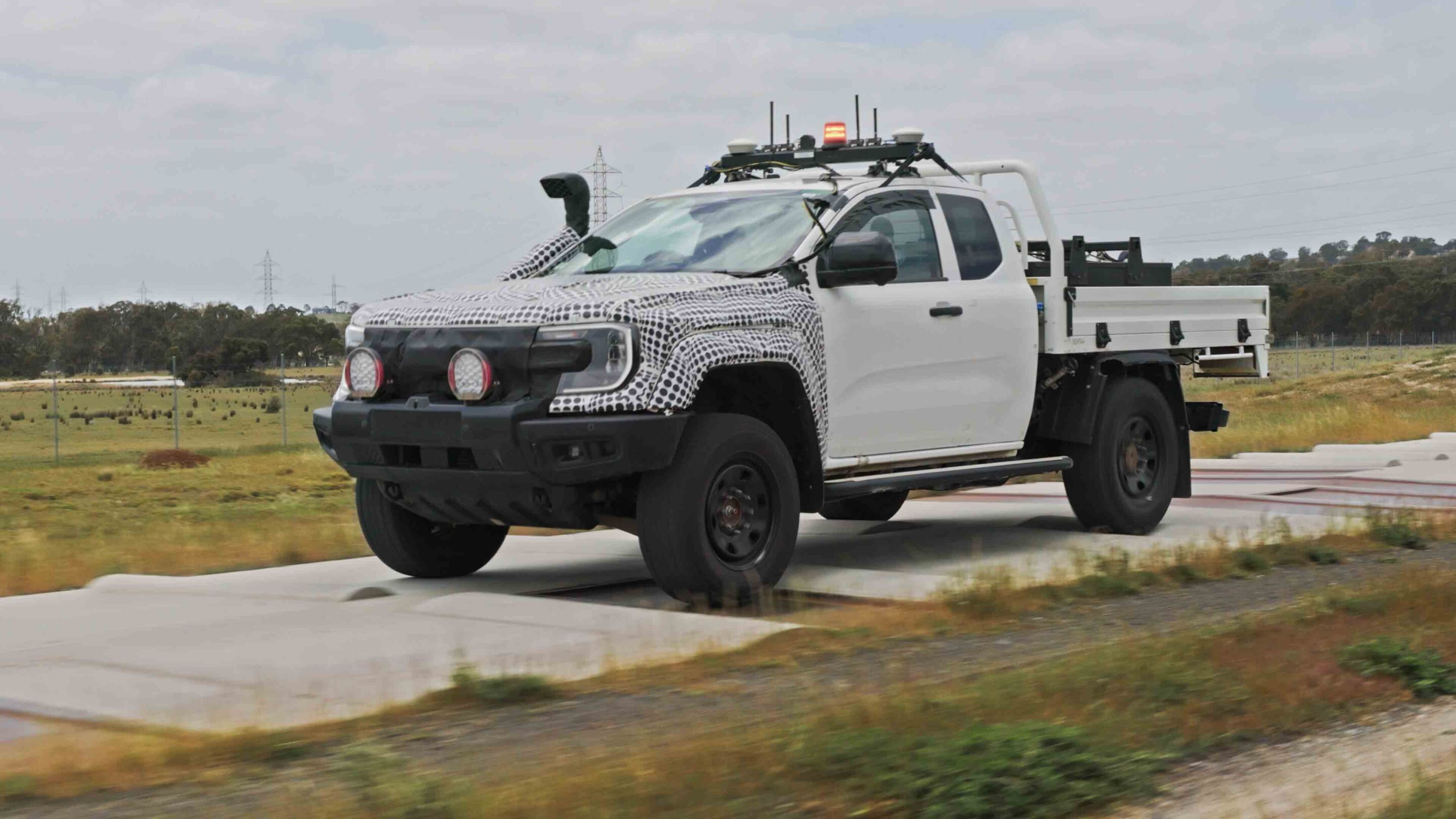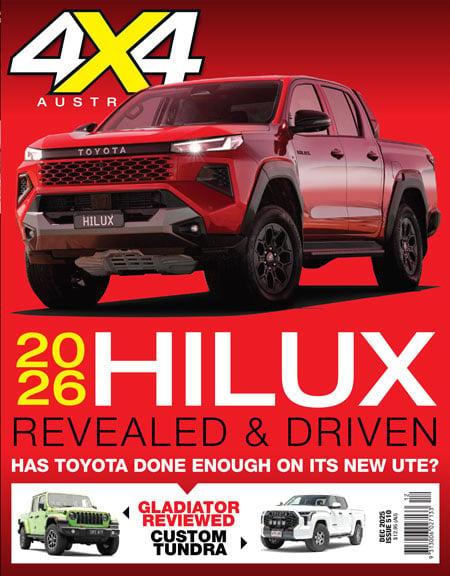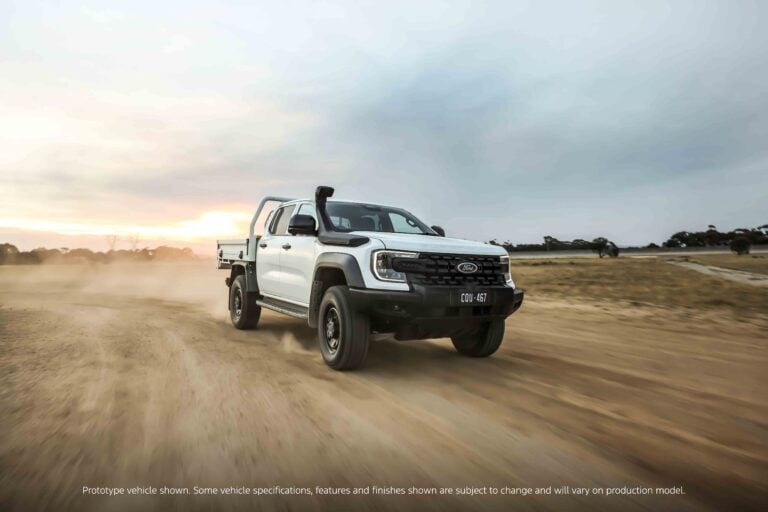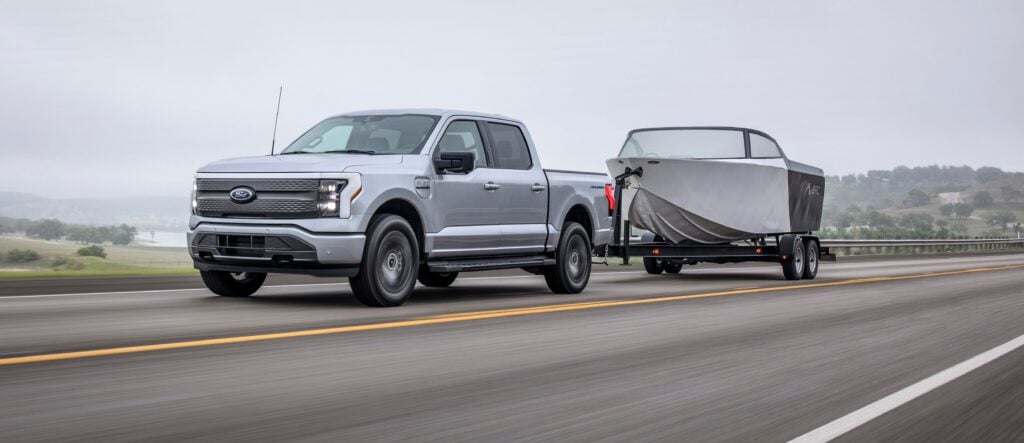Ford has employed a robotic driver to put its upcoming Ranger Super Duty through a series of brutal durability tests.
To assess the robustness of the vehicle’s engine mounts, body mounts, joints, and connectors, the Ranger Super Duty was loaded to its maximum gross vehicle mass (GVM) of 4500kg and subjected to relentless, around-the-clock testing by an autonomous robotic test driver – including on the spine-shaking Silver Creek track.
Located within the You Yangs Proving Ground in Victoria, Silver Creek features 300 randomly placed bumps of varying shapes and sizes, replicating and condensing years of real-world punishment.
“Silver Creek is our toughest man-made durability track,” said Justin Capicchiano, program manager for Ranger Super Duty. “It stressed the Ranger Super Duty from the wheels to the roof, simulating the wear and tear you’d typically experience over a decade of driving on the world’s harshest road conditions.
“The forces hammering through the truck when unladen are immense, but when it’s loaded to its maximum GVM and tested on Silver Creek, they become even more brutal. This is a critical test for a truck designed to take on the toughest jobs and most extreme adventures in the harshest environments,” he added.
Set to rival the venerable 79 Series LandCruiser, the Ranger Super Duty is expected to launch in Australia in the first quarter of 2026.
The heavy-duty ute will be powered by a 3.0-litre turbo-diesel V6 producing 184kW and 600Nm, paired with a 10-speed automatic transmission. As noted, it will offer a 4500kg GVM and an 8000kg gross combination mass (GCM). It will be available in all current Ranger body styles, including double-cab, extra-cab, and single-cab variants.
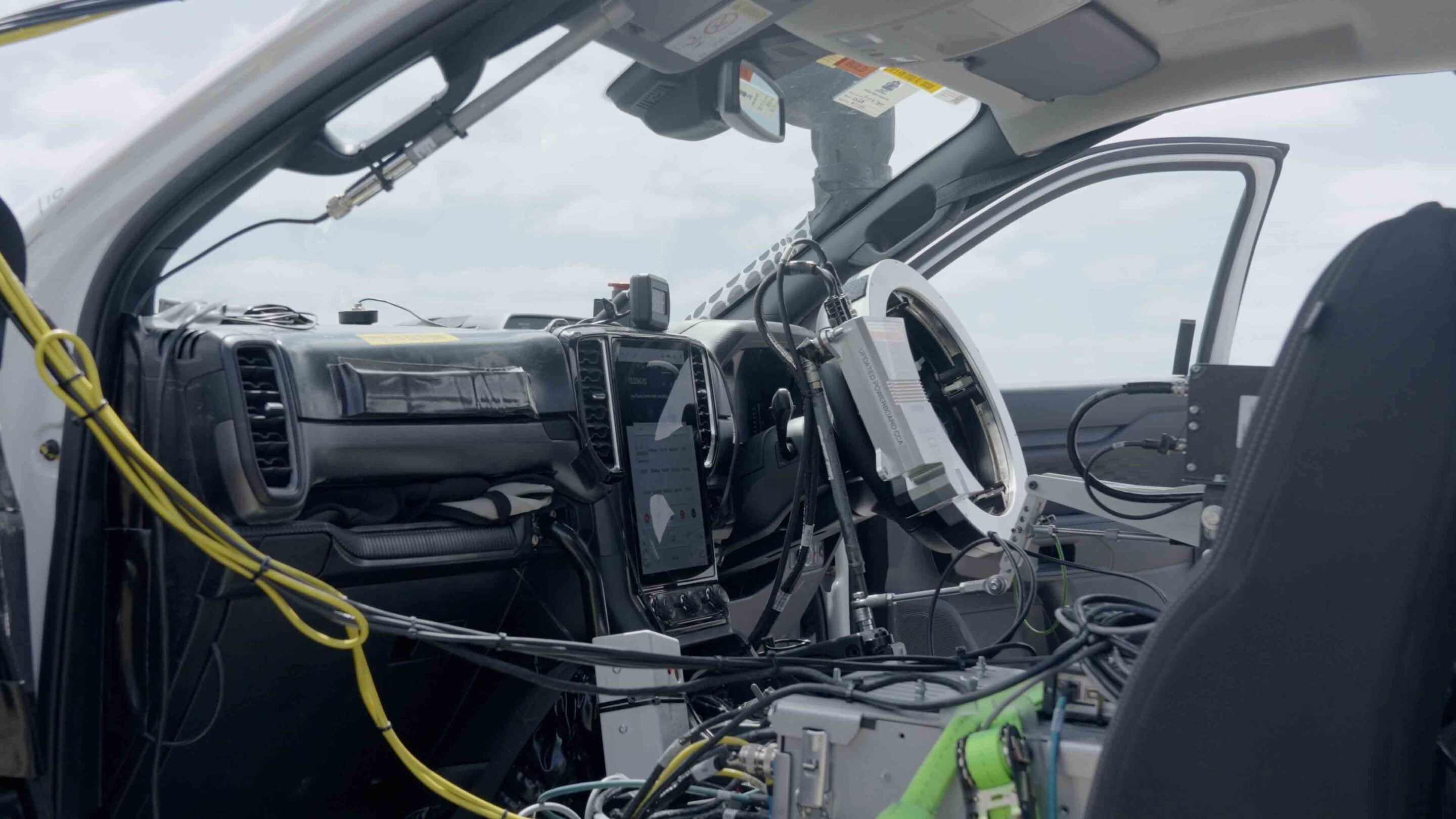
While it will retain the standard Ranger cabin, the Super Duty will feature all-new front sheetmetal, including revised guards, bonnet, and grille. Ford is also working with Safari Engineering to develop a snorkel for the vehicle. Additional features will include a steel front bumper and underbody protection plates.
A 130-litre fuel tank will run the length of the vehicle, while the chassis will be reinforced with thicker rails, upgraded suspension mounts, box brackets, and tow bar mounts. It will also receive uprated axles and integrated onboard weighing scales. The XLT variant, arriving mid-2026, will come fitted with unique alloy wheels.


